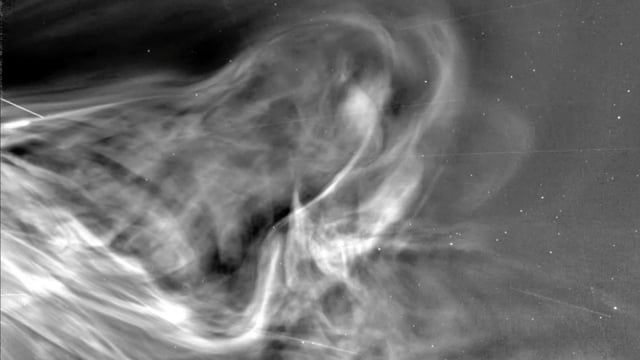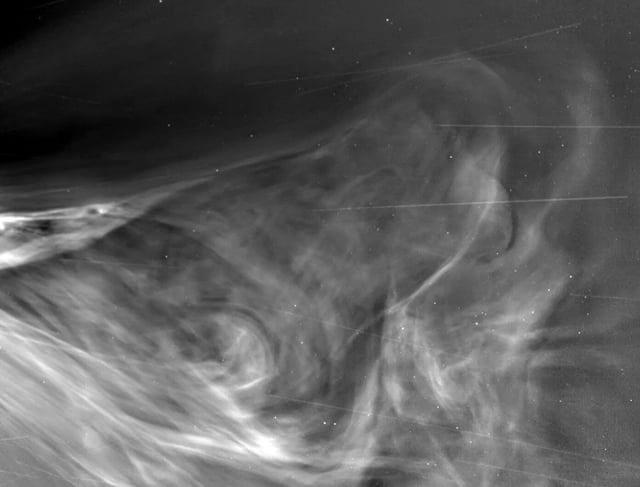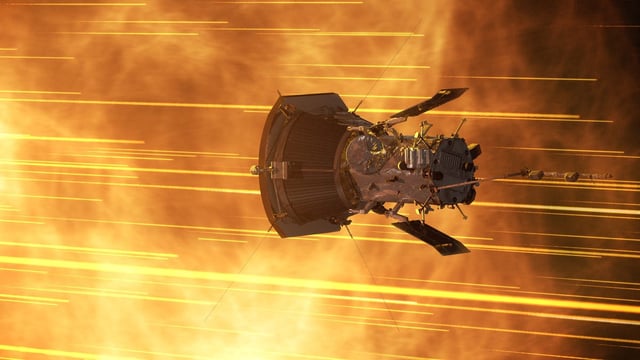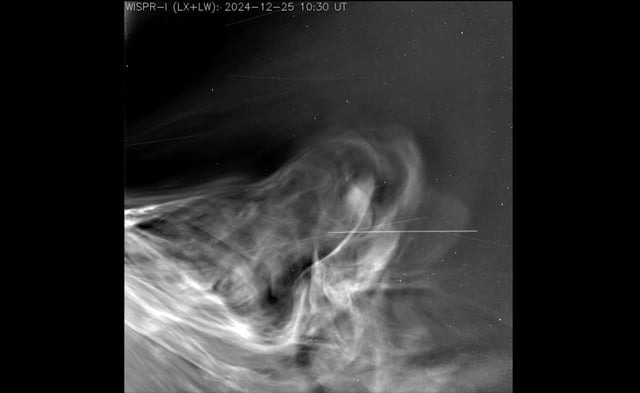Overview
- On December 24, 2024, the Parker Solar Probe reached just 3.8 million miles from the solar surface and used its WISPR imager to capture the closest-ever high-resolution corona images.
- Newly released photos show coronal mass ejections colliding and merging in unprecedented detail, providing insights into CME interactions that drive space weather.
- The probe detected clustered magnetic switchbacks—zigzag fields occurring within 14.7 million miles of the Sun—more frequently than scientists anticipated.
- Analysis suggests fast solar wind is propelled by switchbacks from coronal holes, while denser slow wind likely originates from helmet streamer loops.
- Researchers are integrating these observations into advanced space weather forecasts and preparing for the probe’s next close pass on September 15, 2025.



